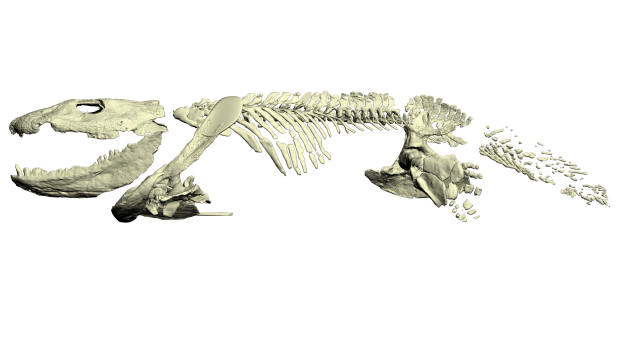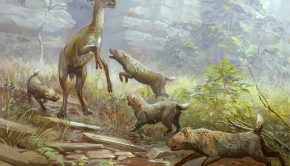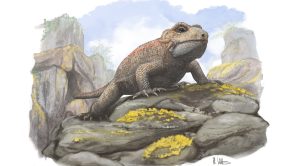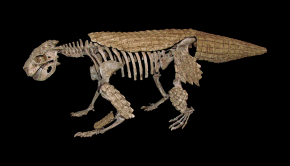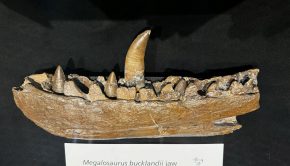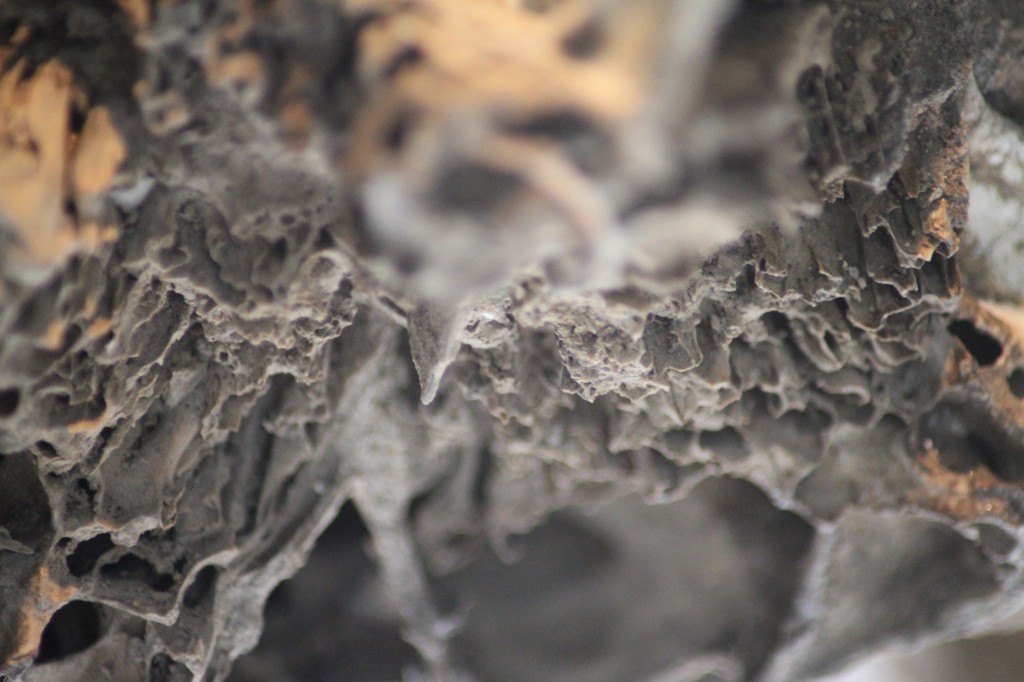Episode 58: Animal biomechanics
One of the most difficult aspects of palaeontology is understanding how extinct animals moved around. It’s one thing to find a fossil and reconstruct it’s morphology, but it’s completely another to put that morphology into action and understand the locomotion or behaviour. One reason for this is because of the lack of soft tissue and muscles. The field of biomechanics can help with this by looking at the actual physics of these structures to help understand things like the forces exerted on the bones or tendons of an animal.
Professor John Hutchinson of the Royal Veterinary College of the University of London is an expert in biomechanics of both living and extinct vertebrates. He has worked on many aspects of the tetrapod tree including early tetrapods up to birds. This episode focuses on how we can use biomechanics to understand locomotion in extinct animals, including dinosaurs, early tetrapods, and how modern animals relate to this question.
Podcast: Download (Duration: 48:50 — 67.1MB)
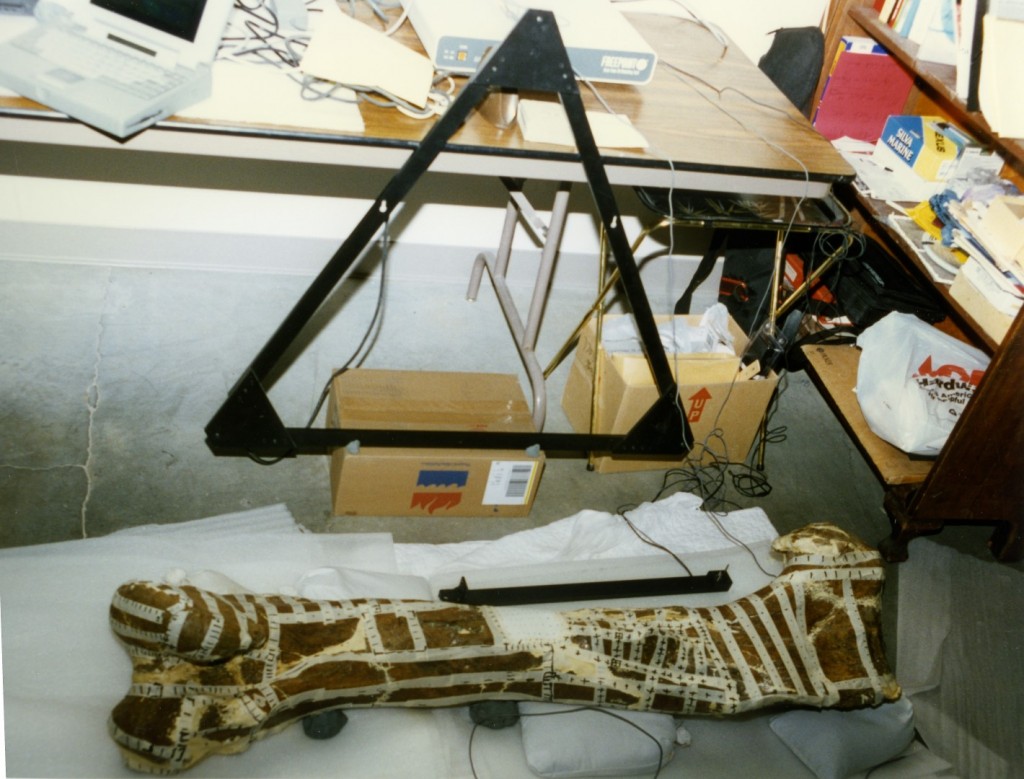
Digitizing MOR T. rex is from my sonic digitizing of MOR555 (now “Nation’s T. rex”) in ca.1998. Old school tech! Image by John Hutchinson.
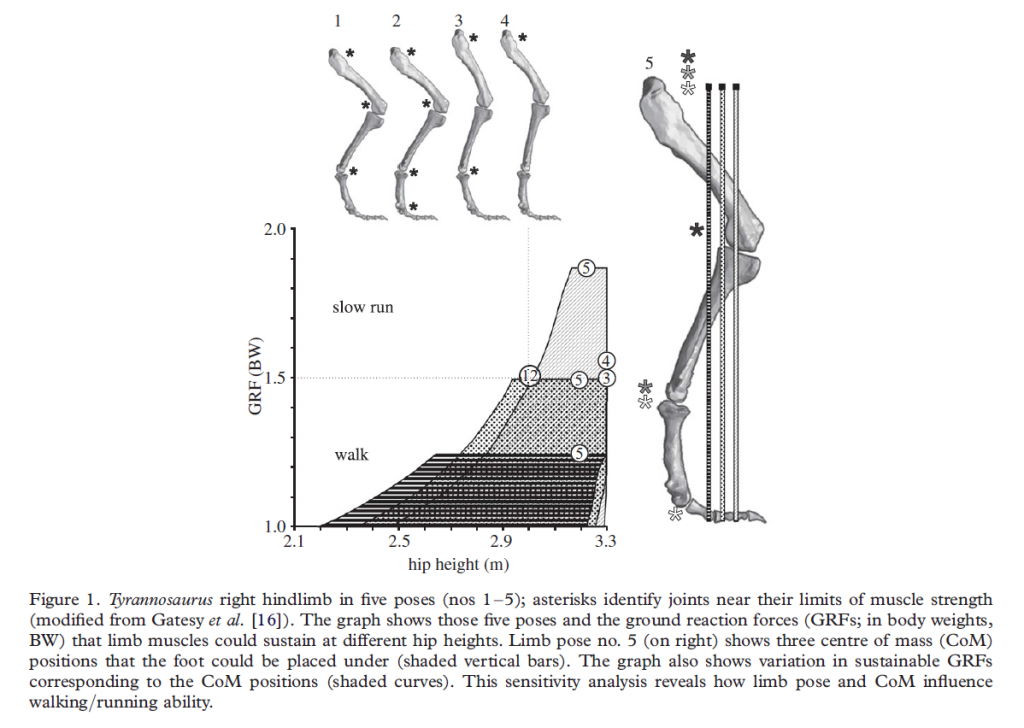
This T. rex modelling image explains the science (up-to-date as far as John’s work goes) behind why T. rex was not a very fast runner, emphasizing how limb posture and centre of mass matter a lot and how sensitivity analysis is important. From Hutchinson (2011)
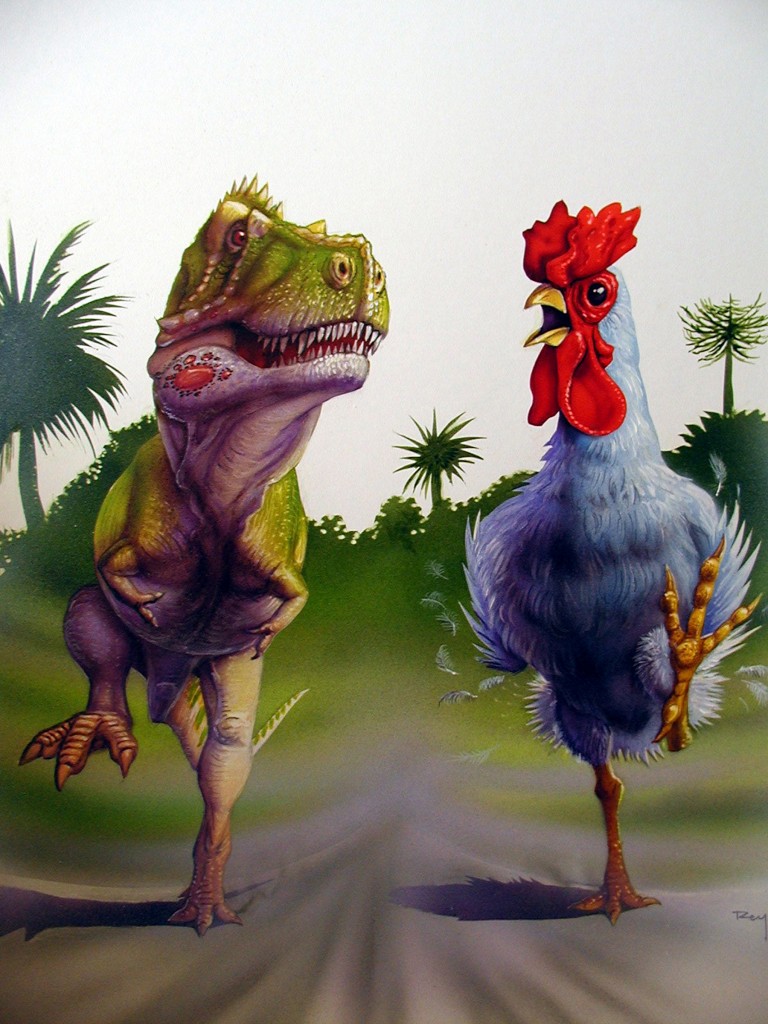
Luis Rey did the fun image of the giant chicken racing the T. rex, which I still enjoy because it helps emphasize how scaling (size-related change) prevents animals from always behaving the same way as body size increases. Image copyright Luis Rey.
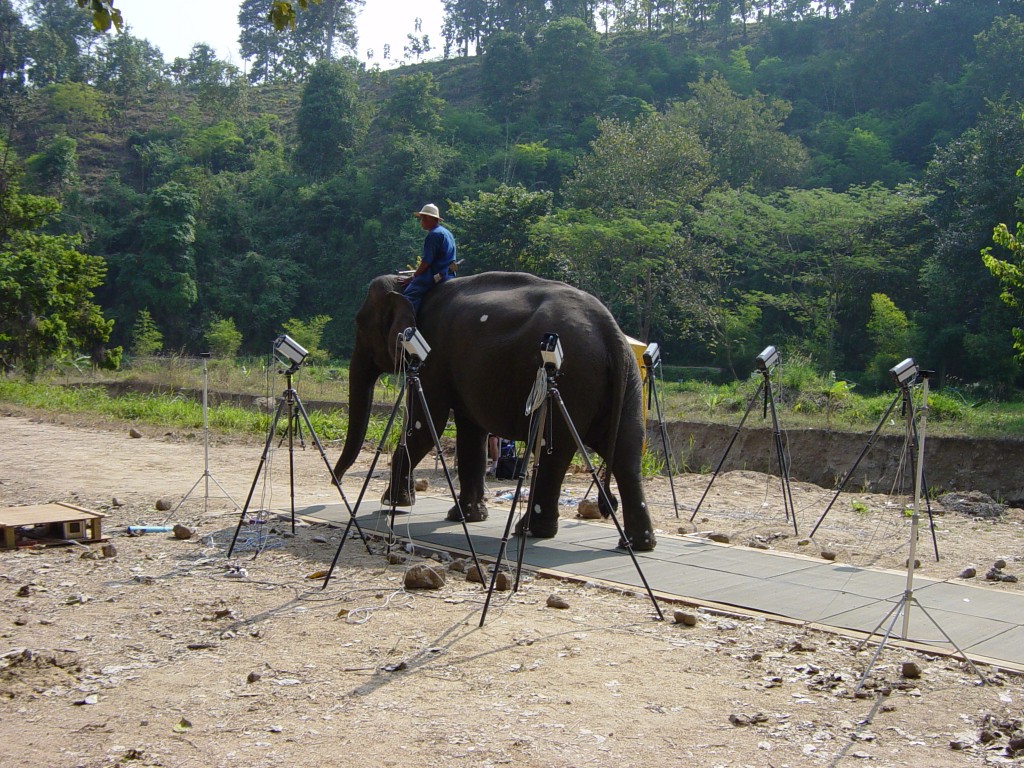
Set up to understand the locomotion of Thai “racing” elephants, which ran much more and faster than normal elephants. This one is walking. Image by John Hutchinson.
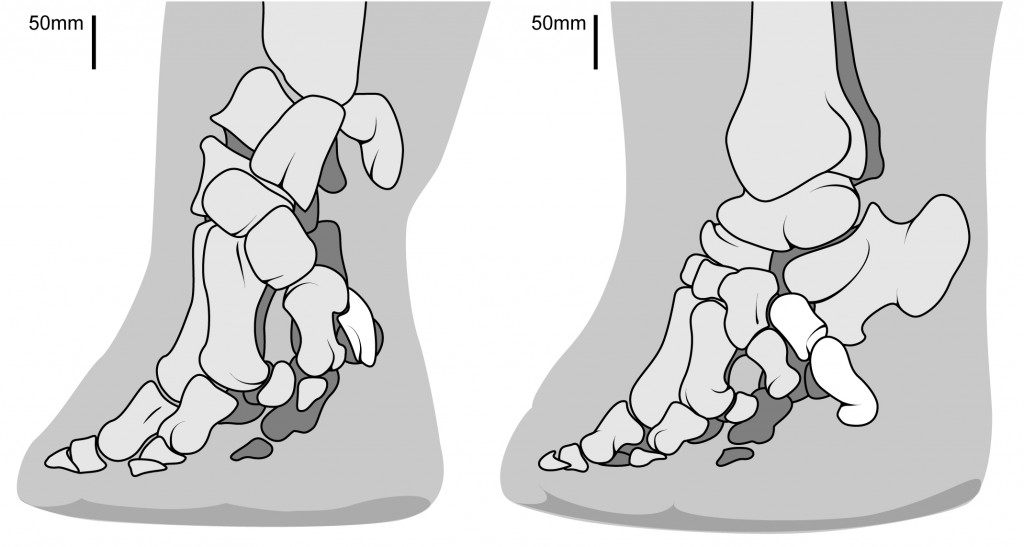
Schematics of the fore and hind feet of elephants, with the “predigits” (giant sesamoid bones/false toes) in white.
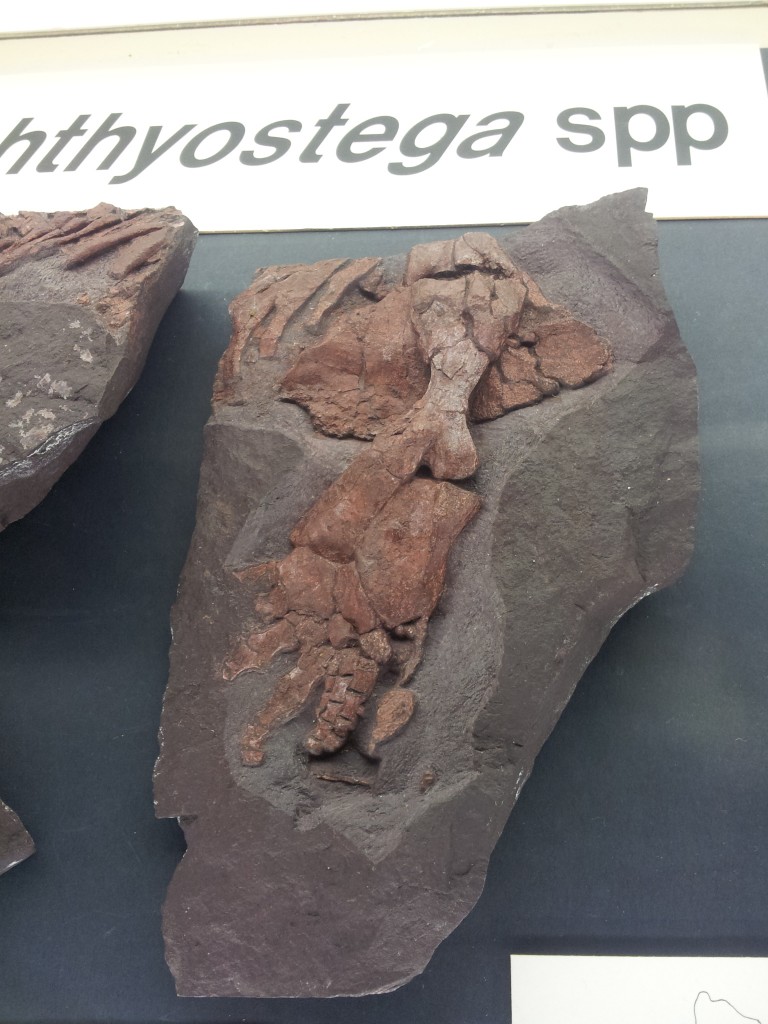
Ichthyostega (early tetrapod) hindlimb from the original specimen used to make 3D models for a study with Stephanie Pierce and Jenny Clack.
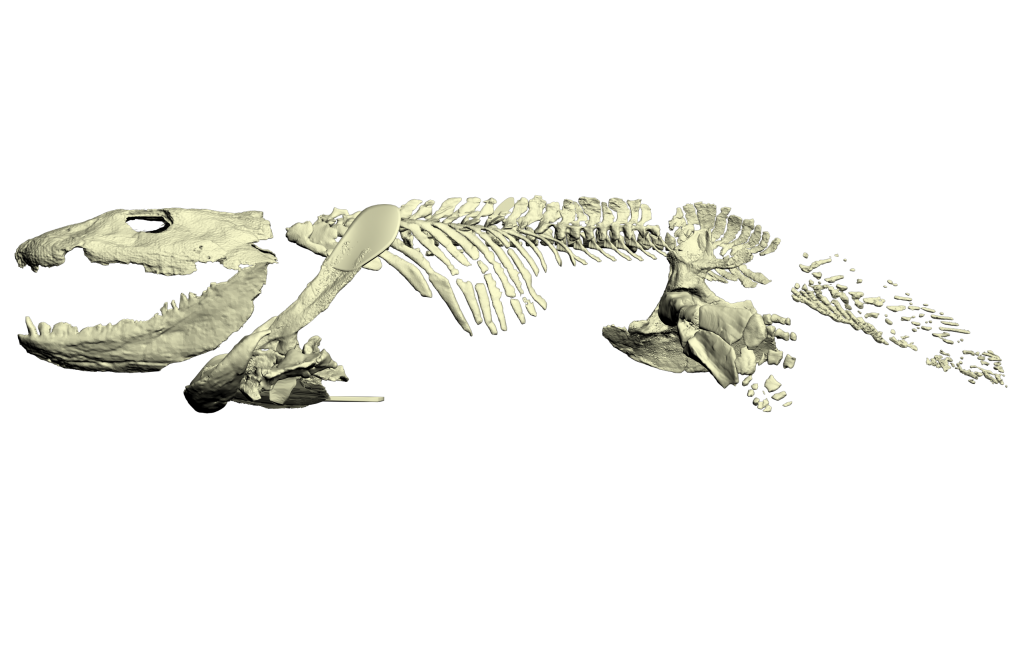
Complete 3D model in lateral view of the Icthyostega specimen. Model used in Pierce et al. (2012) to understand Icthyostega locomotion.
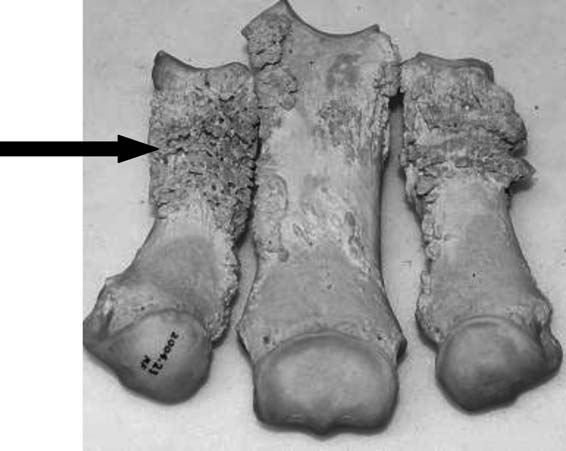
Pathologies in the foot of a Sumatran rhinoceros. This study helped contribute to identifying and managing these problems in managed rhino populations. From Regnault et al. 2013.
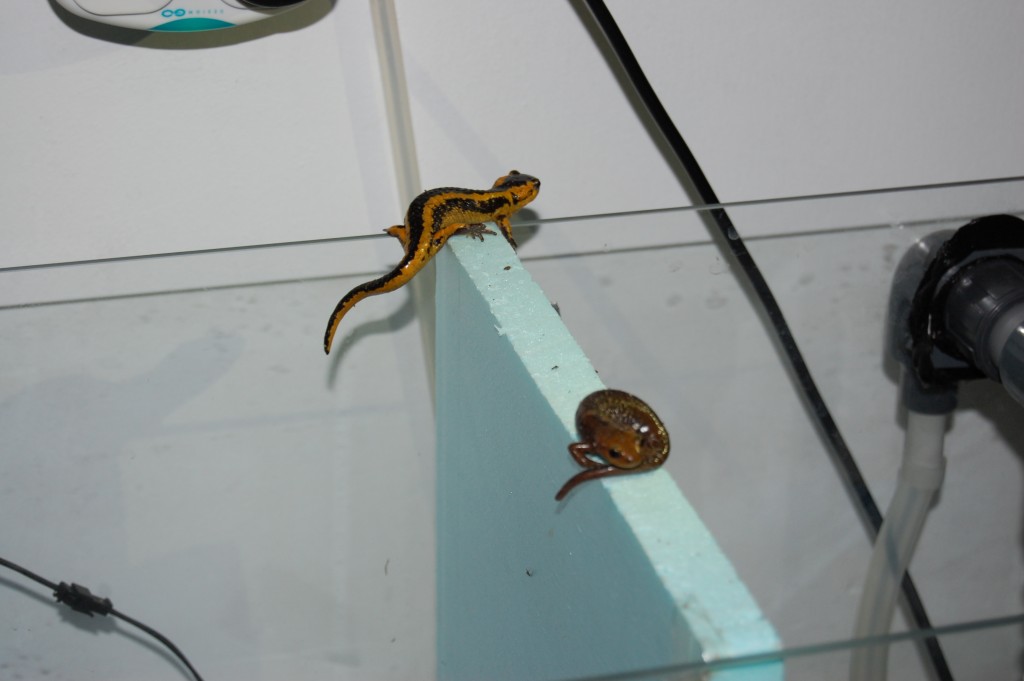
Climbing fire salamander in Spain, studied as part of their tetrapod locomotion project. Image by John Hutchinson.
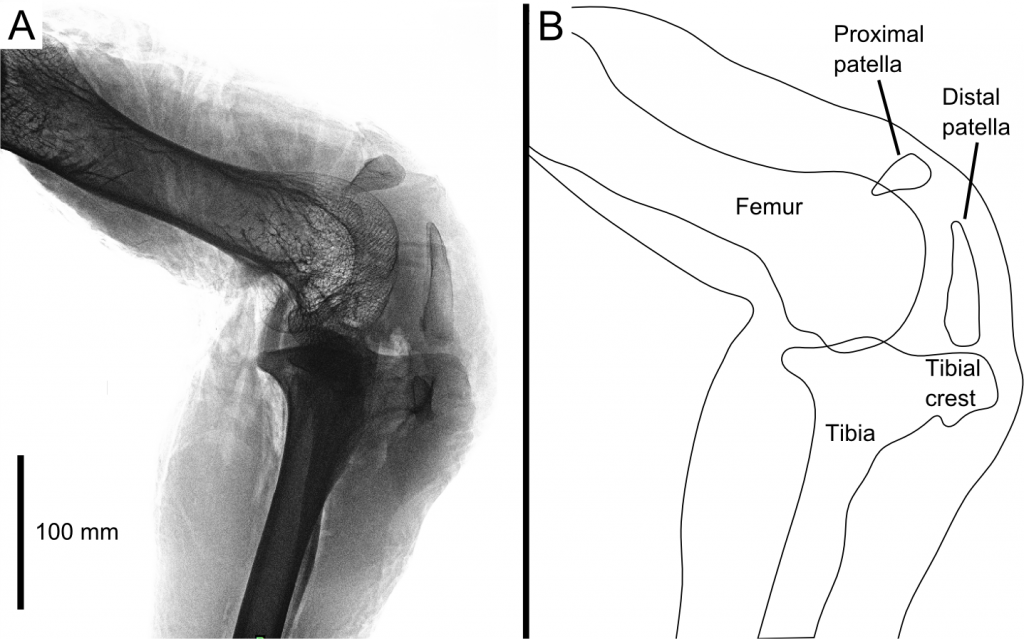
The ostrich knee shows the double-kneecap that we described in new detail in 2014 in PeerJ (Chadwick et al. 2014)
John has a YouTube channel with a number of videos showing his work for anyone interested. Check it out!

